Well, not everywhere, but Jenny and I continue in our march towards world dominance and I'm happy to say it's progressing quite nicely. More news on that in a bit.
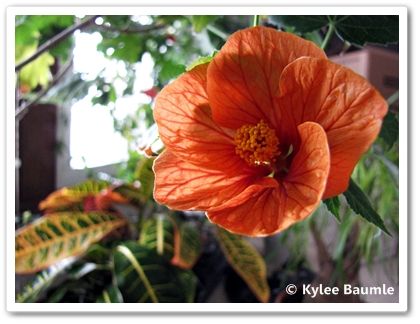 |
| Background: Croton / Bloom: Abutilon |
Up here in the soon-to-be frozen hinterlands of Northwest Ohio, plant lovers have brought their gardens inside, where they can live happy as clams until we all go back outside together, sometime around April or May. Tender perennials and tropicals now occupy all kinds of indoor space next to the year-round residents and you might think we have a bit of a "plant problem" if you walk into my house right now. Let me tell you, it's not a problem at
all.
My husband Romie has always said that he loves it when the plants are all inside for the winter because he feels like he's living in a jungle. This is a man whose dream is to live in a cabin in the woods up on a remote mountain. Just him and nature. This is sort of like that, right? Yeah.
In any case, before you ask, yes, it takes some time to water these 100+ plants (I haven't really counted, but this figure is likely well below the actual number), but when we water, we get to admire their finer qualities up close, and that's a big reason why we have them in the first place - they're real lookers, these houseplants! They also help to filter the air, which is a plus for my allergy-plagued hubby.
So, back to ruling the world... Our book,
Indoor Plant Décor: The Design Stylebook For Houseplants, is doing very well and is popping up all over the internet in some pretty cool places! There have been some giveaways, including one which
P. Allen Smith has been hosting for the past week over on his
blog.
If you have our book already, you know that Allen loves it and gave his recommendation, which appears on the back cover:
"Kylee Baumle and Jenny Peterson's passion for designing with indoor plants makes them the perfect guides to help us make new, fresh and stylish additions to every room. The brilliance of Indoor Plant Décor is its clarity in communicating their creative ideas."
- P. Allen Smith
 |
| We even got a line on the COVER! Woot! |
We were featured in the September/October issue of the
Saturday Evening Post magazine, as well as garnering a spot in their online site. They really liked one of our DIY features that goes along with each design chapter in the book, and you can see the
video they made of themselves making our cork planters, as well as a
really fun interview they did with the two of us.
And then there was a review over at
Southern Living magazine, by senior writer Steve Bender, a.k.a. The Grumpy Gardener. Like I told Steve when thanking him for giving our book some real estate on the site of their popular publication, it's always an honor to have some of The Grump's snark thrown your way. But seriously, I love this review a lot because what he says he likes about it is exactly what we wanted to do when we set out to write the book. That spells success, as far as I'm concerned.
Our book was also featured in an article on
Parade.com and in the same week, we learned that
Indoor Plant Décor was on
Amazon's List of the Top Books for 2013 in our category!!!!!!!!!
 |
This
is how it looks on Amazon, even though we're #18 out of the top 19.
We
don't care how they show it. We're just pleased as punch to be on THE LIST!! |
Making the Amazon list is just about the best thing that could have happened to us as authors and something that took us completely by surprise. Of course, we're extremely happy about it and we hope that all the readers that made that possible are enjoying our book. If you've purchased a copy of our book, thank you! And if you haven't, we're suggesting that you do. Here's where you can get it:
Amazon.com
Barnes & Noble (it's in their bricks and mortar stores too)
WoollyPocket.com
Powell's Books
and...
If you want a
signed copy for yourself or as a special gift for the holidays,
you can order that right here (see the right-hand sidebar). I'll even gift wrap it for free! Just let me know in the notes section when you pay, who you want me to inscribe it to and if you want it tied up in a bow.
Can I just make one more really important point about our book? You might be tempted to think that it's just for gardeners and I can see how you might think that. But it's also for those that like to decorate their homes. You see, this is what our book is really all about.
Plants can add panache and give your home a personal touch in ways that a pillow or curtains can't. Plants go with every style, no matter what yours is, and our book helps you choose those that will enhance it. There's a big wide world of houseplants out there - something for everyone - so let us help you get started! It's kind of like eating potato chips. You won't be able to stop with one.
Anyway, just wanted to share some of our good news with you!
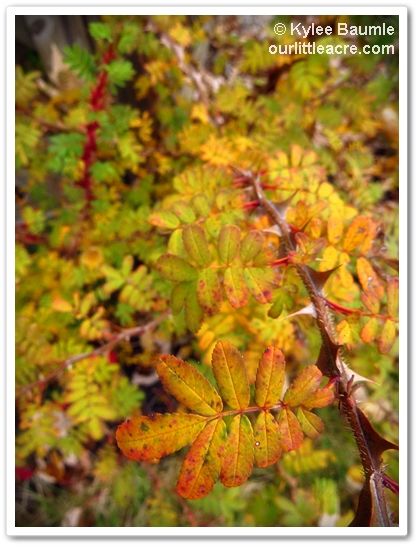
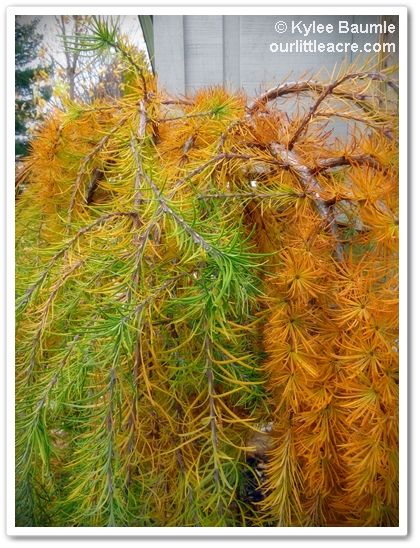
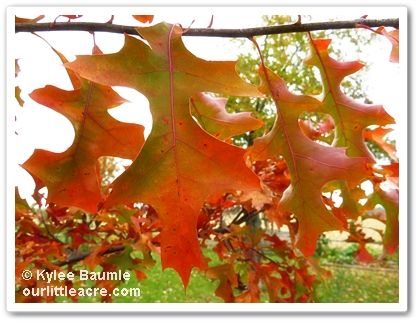
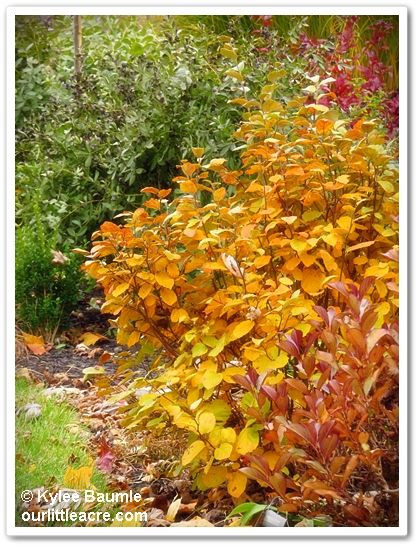

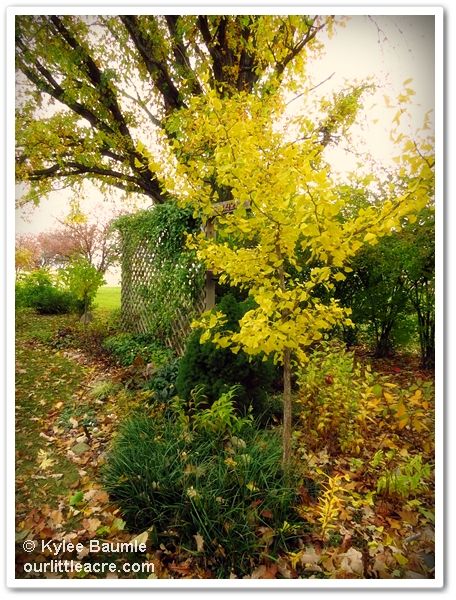
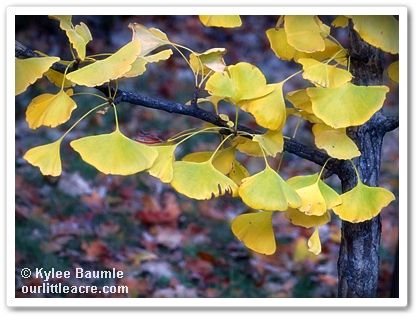
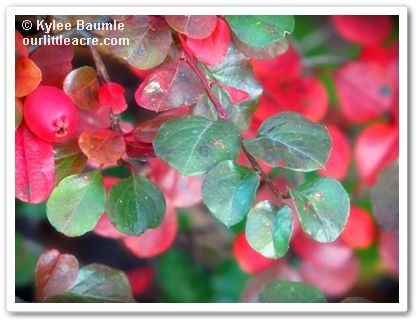

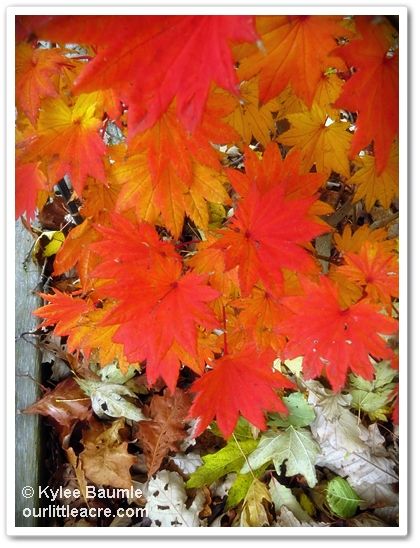

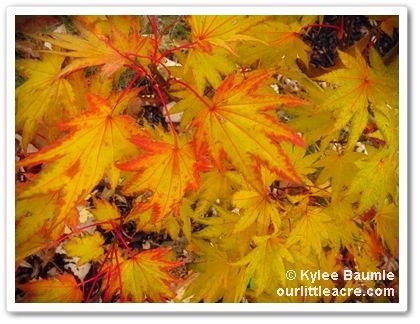
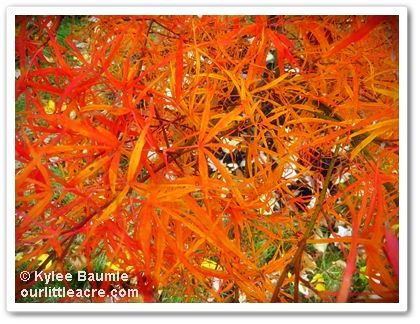


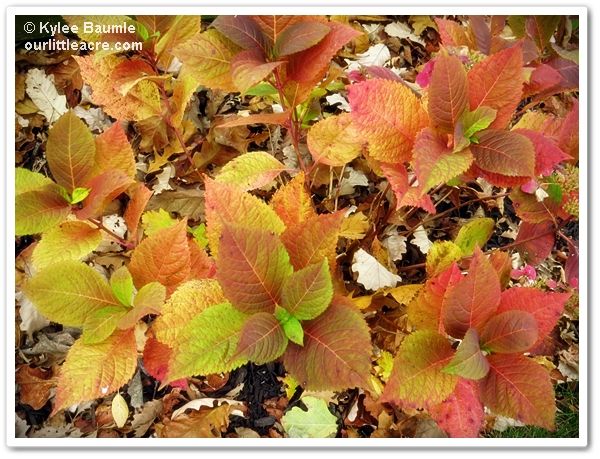
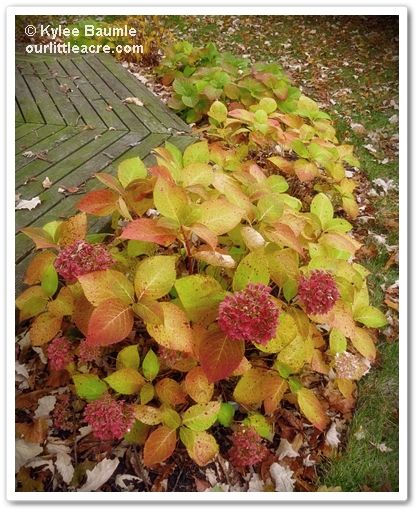
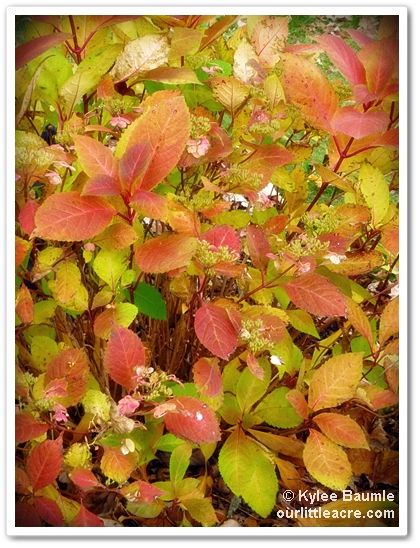
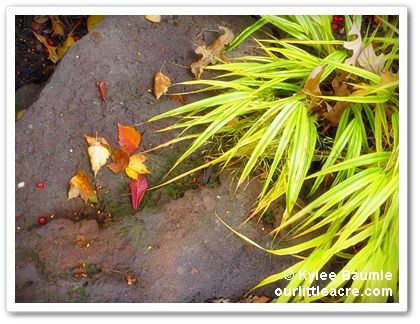

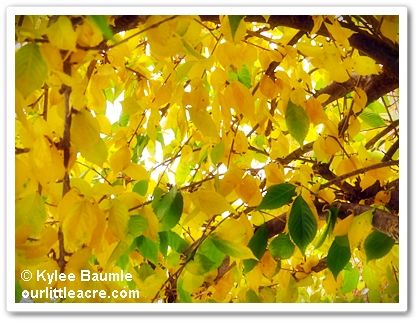
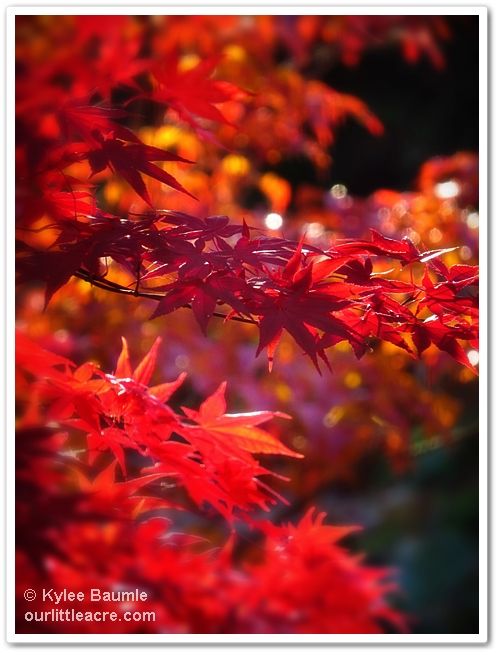














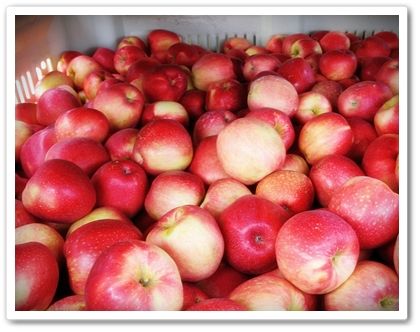


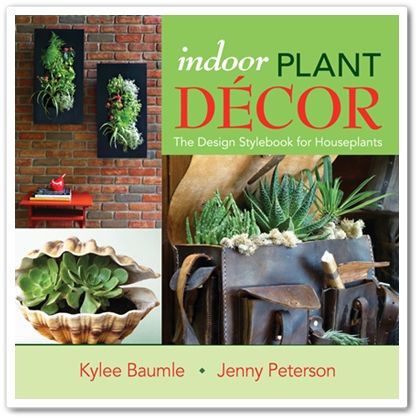


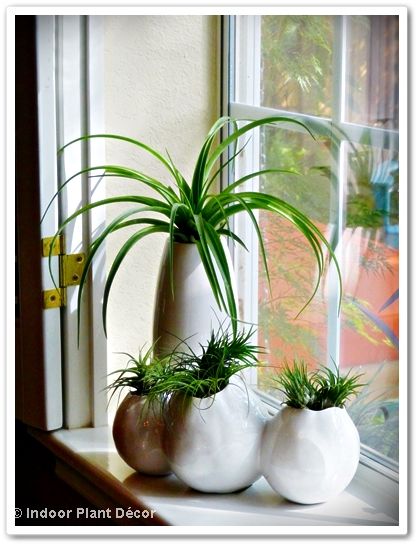




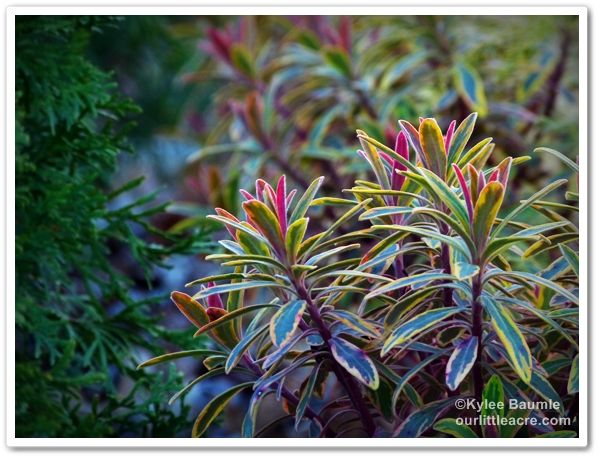
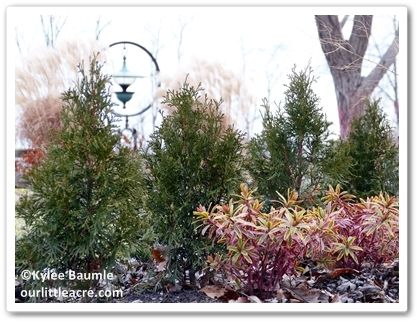

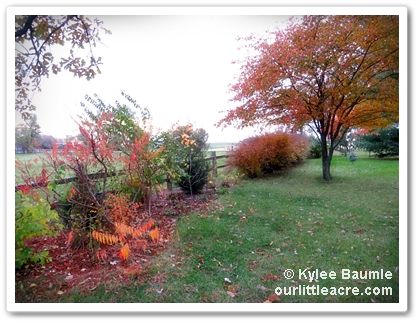

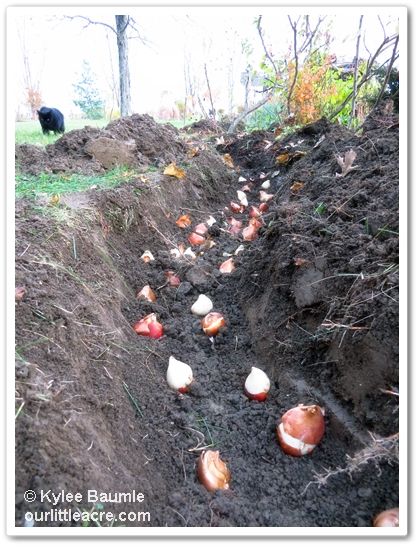

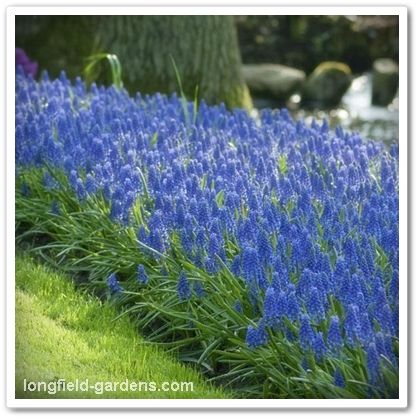
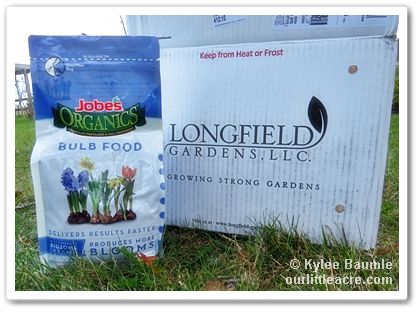
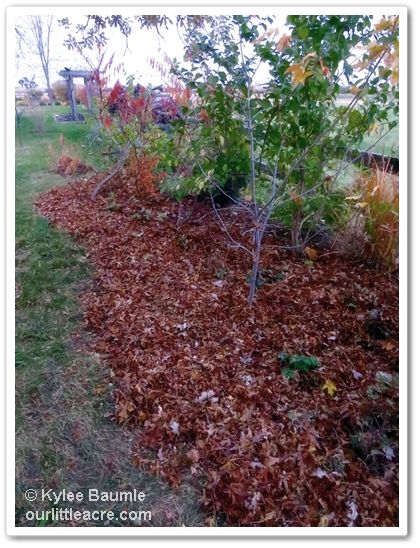






 "Bejeweled"
"Bejeweled"


